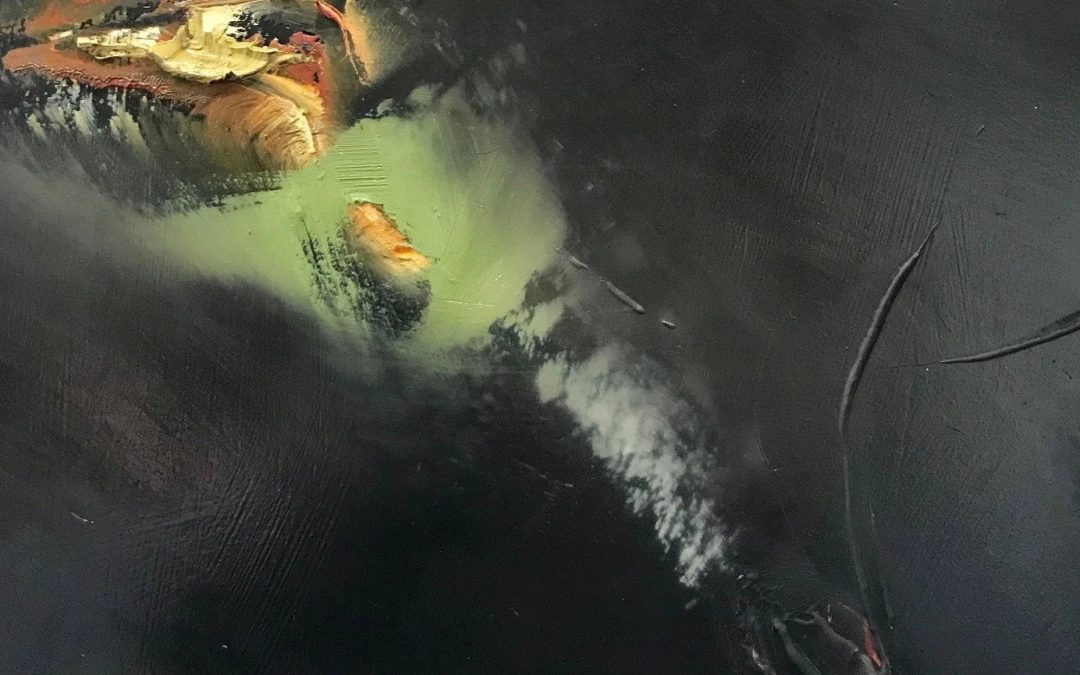Draft essay – 702
Introduction
It is natural to assume that once one becomes practiced in a particular creative process that the outcome would be more refined and perfected. There is undoubtedly value in striving to perfect and understand ones craft and materials. However, there is something which quietly functions alongside this which is unique to the individual maker and is present in everything we do. This is intuition. I use this word loosely as the more I seek to understand it the more slippery it becomes to define. Intuition is perhaps at its most liberated when we are young children exploring and expressing the world around us with a natural spontaneity. Those who become artists, poets, writers and musicians appear to hold onto and nurture this naivety to allow the subconscious to be exposed in their work.
In terms of painting the immediacy and beauty in a mark made in a moment of impulse cannot be duplicated. It communicates the physical movement, direction, pressure and speed applied by the artist in that particular instant implying emotion, perhaps anger, joy or frustration. Elkins describes this: ‘Paint records the most delicate gesture and the most tense. It tells whether the painter sat or stood or crouched in front of the canvas. Paint is a cast made of the painter’s movements, a portrait of the painter’s body and thoughts’. (Elkins, 2000) Of course creative intuition is not simply defined as a brushstroke on canvas in a moment in time; there are a number of factors which come into play all of which interweave between immediate environment and deep rooted cultural influences.
This paper identifies elements which contribute to intuition by means of theory, philosophy and creative practitioners who identify subconscious thought as a valuable and/or interesting ingredient in art.
· Henri Bugson will provide a theoretic background for discussion.
· Philosopher/Musician and artist Kathleen Coessens provides a contemporary model for framing intuition in creative practice.
· Norwegian composer Maja Solveg Kjelstrup Ratkje references Burgson in her practice and discusses parallels to Coussens in terms of artistic practice.
· Visual Artists Frankenthalers and Franz Kline provide examples of how intuition plays out in practice, specifically painting.
· ?My practice?

Recent Comments